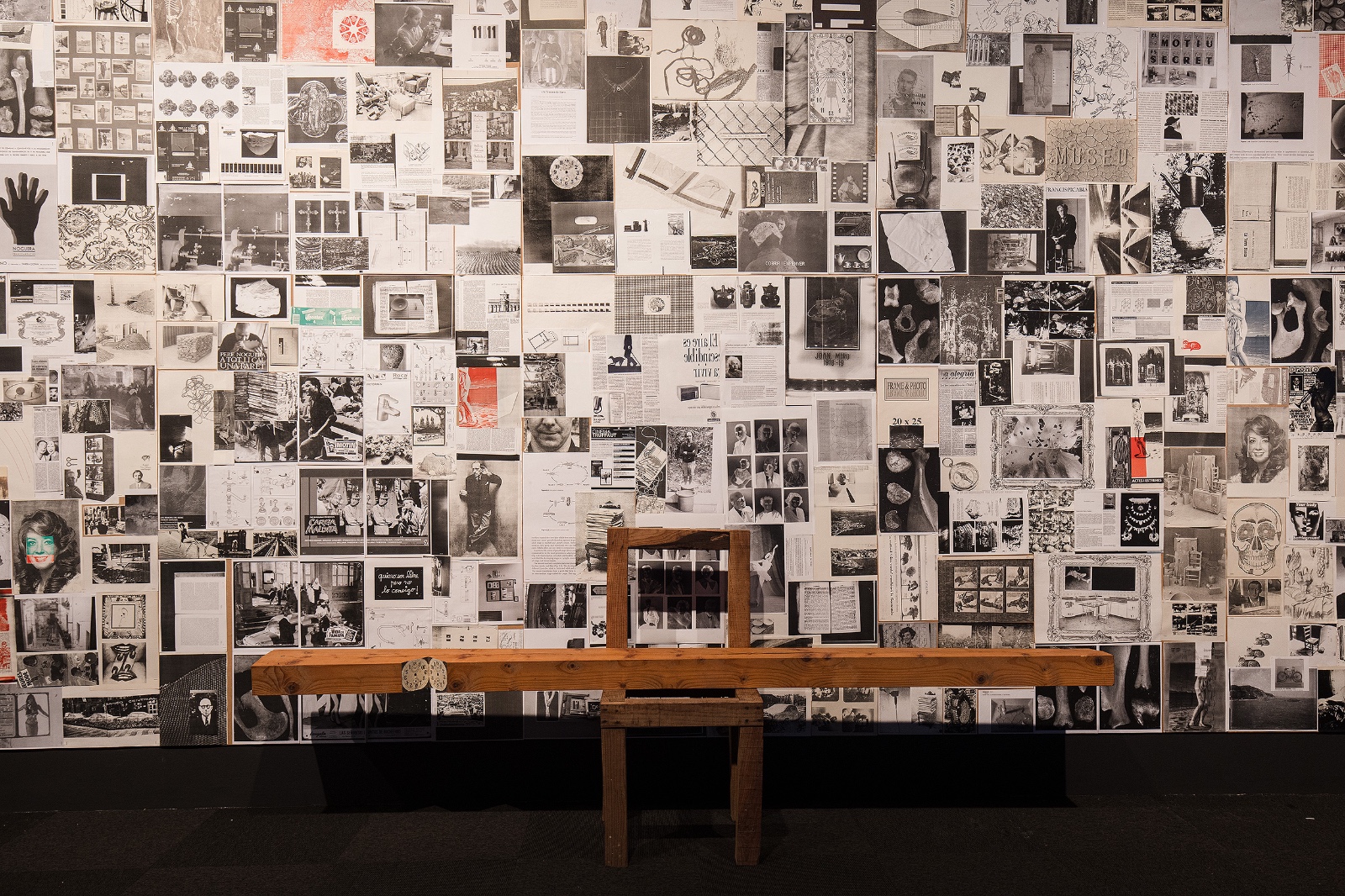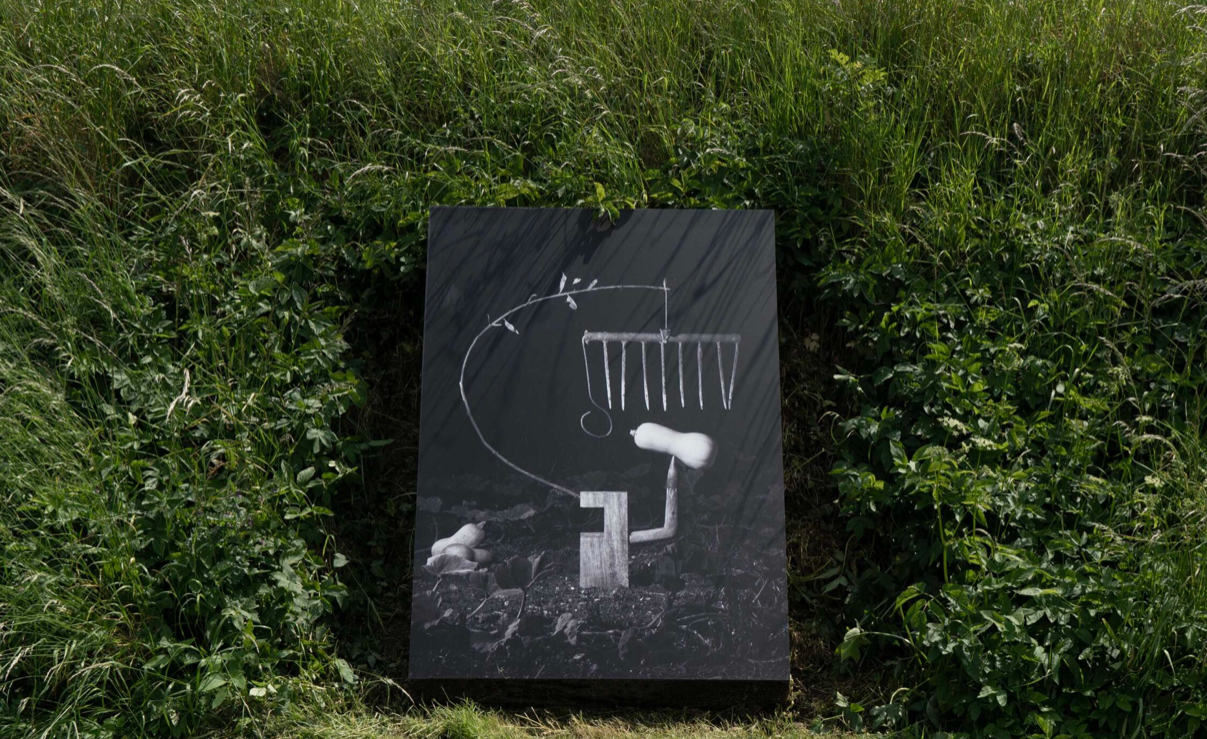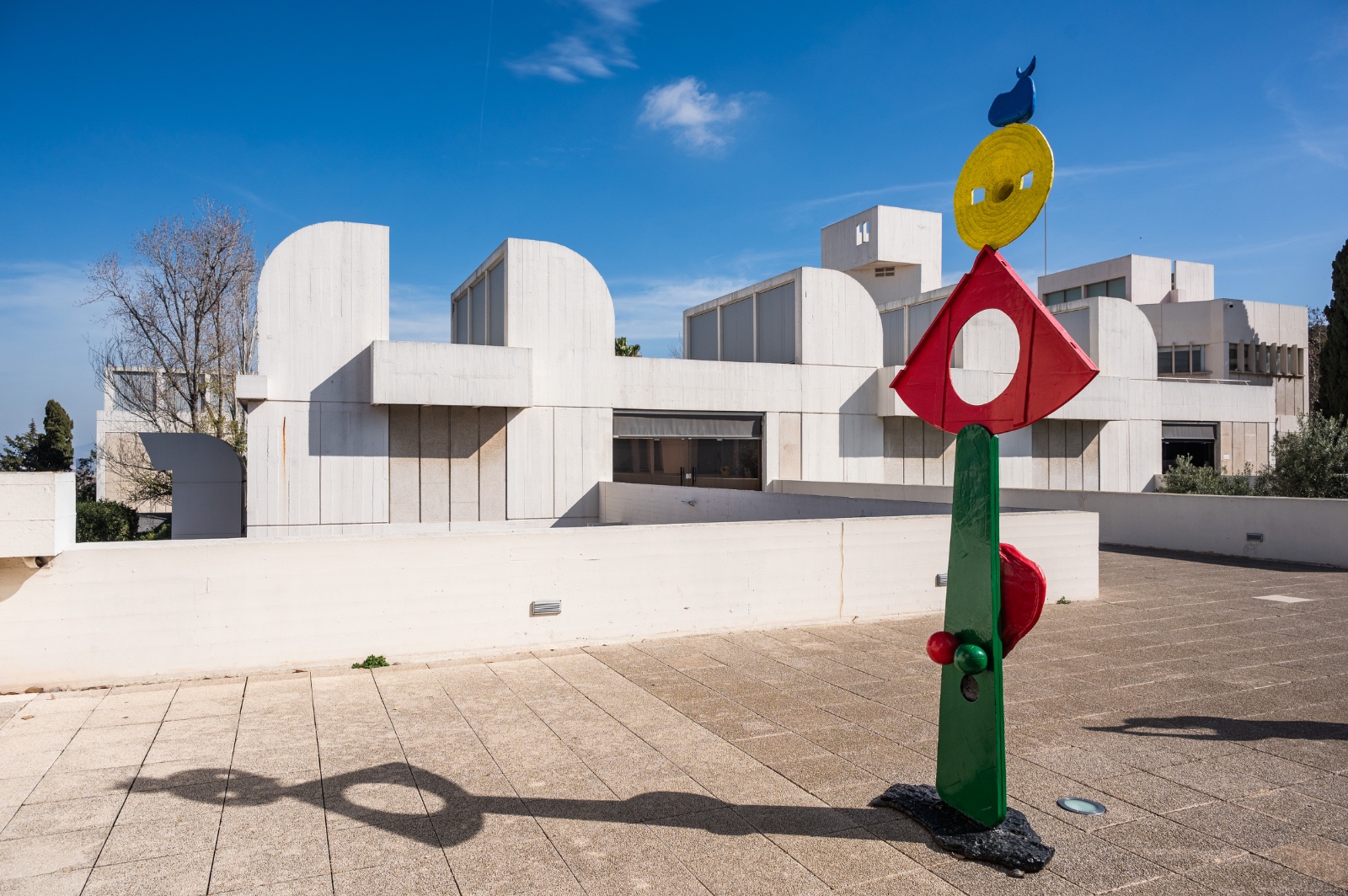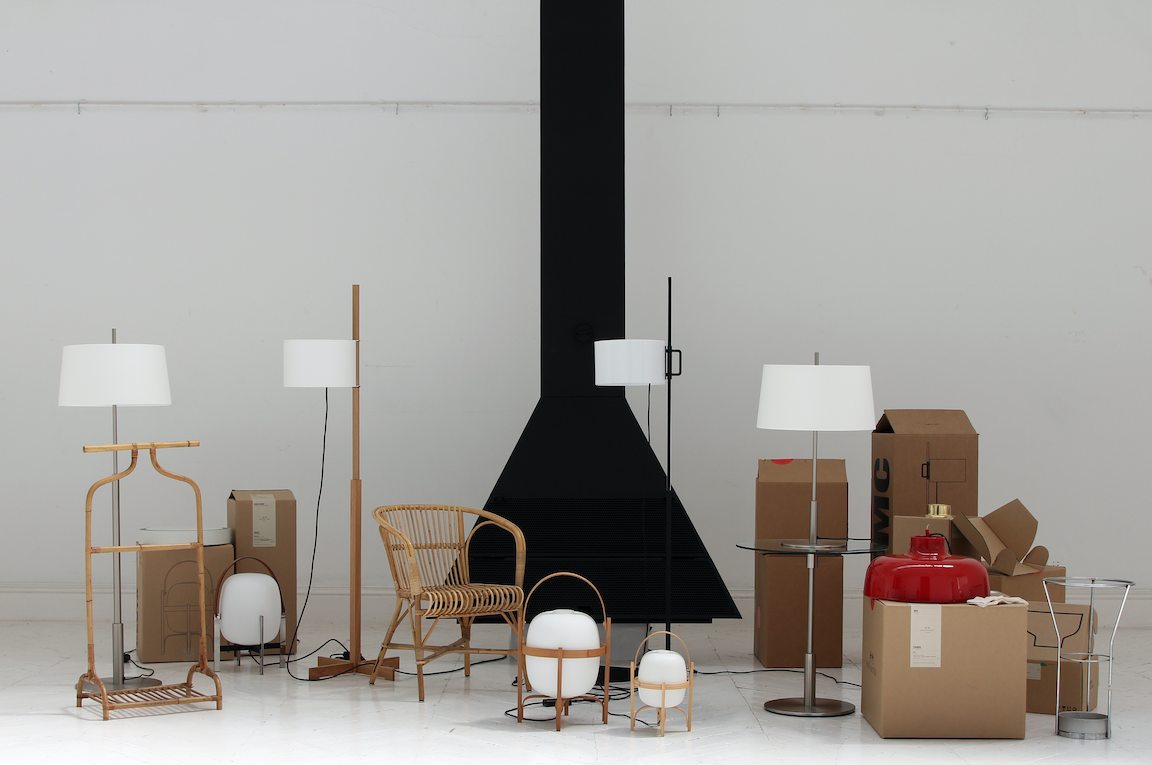Exhibitions
From the center: the continuous time of Eugènia Balcells
A pivotal work in the artist's career and in the history of video art, exhibited in the Oval Room of the MNAC.
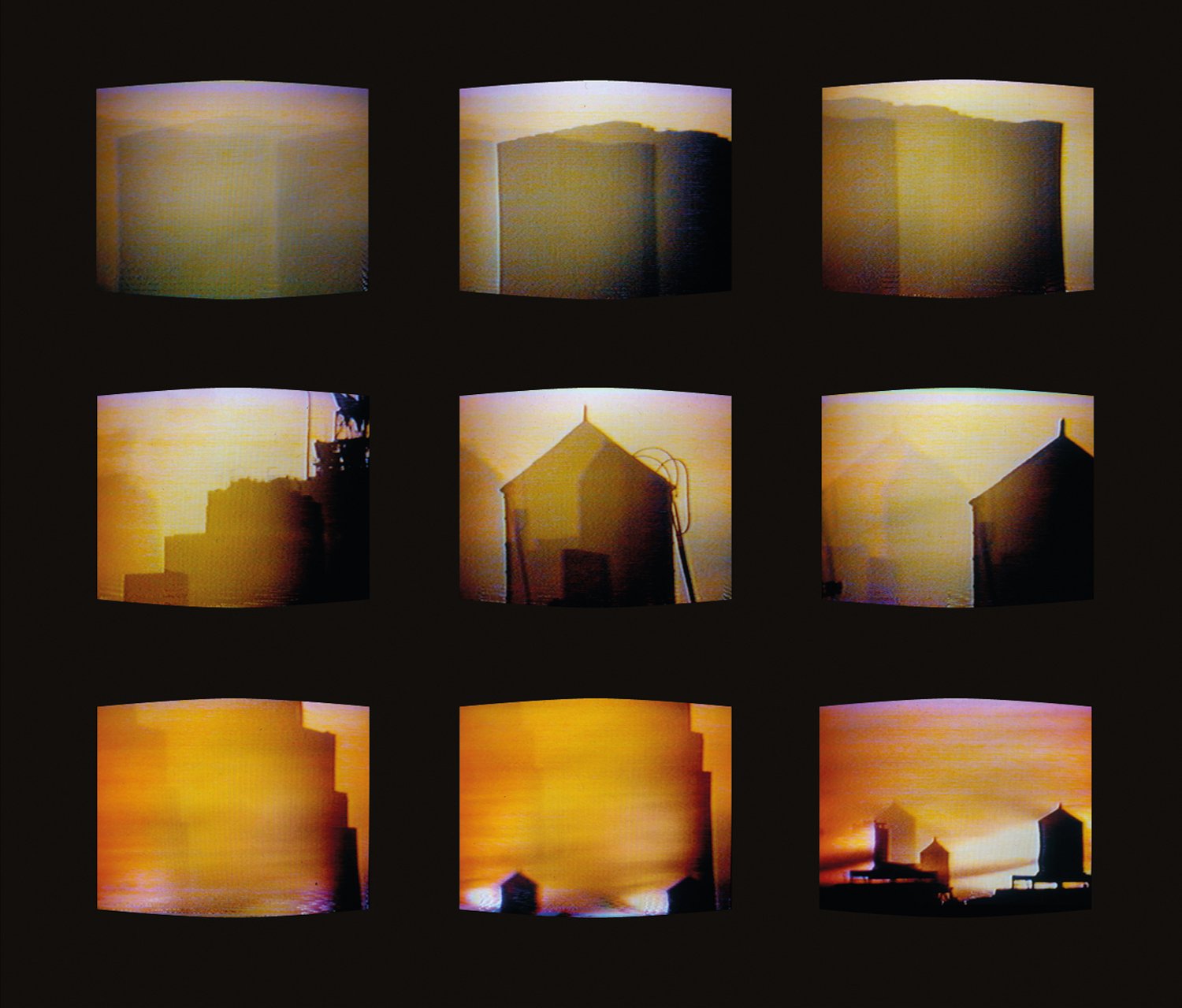
Eugènia Balcells says that New York is a city of extreme speed, where changes, unlike in other more leisurely geographies, are perceived instantly. From 1980 to 1982 Balcells lived on the top floor of a building in downtown Manhattan. She had access to the roof and, from there, to privileged 360º views. During these two years, a camera located at a fixed point, but with all possible functions at its disposal, collected cuts of the city. Zooms, panoramas and lens changes gave rise to From the center, an audiovisual installation of twelve channels, twelve simultaneous views that collected traffic jams, sunsets, neighbors walking, silhouettes in the windows.
Balcells built a panopticon of twelve monoliths and placed a screen with these images on each of them. A large illuminated stone became the center; it represents us, spectators before the world, also the equidistant point from which our eyes do not exercise hierarchies.
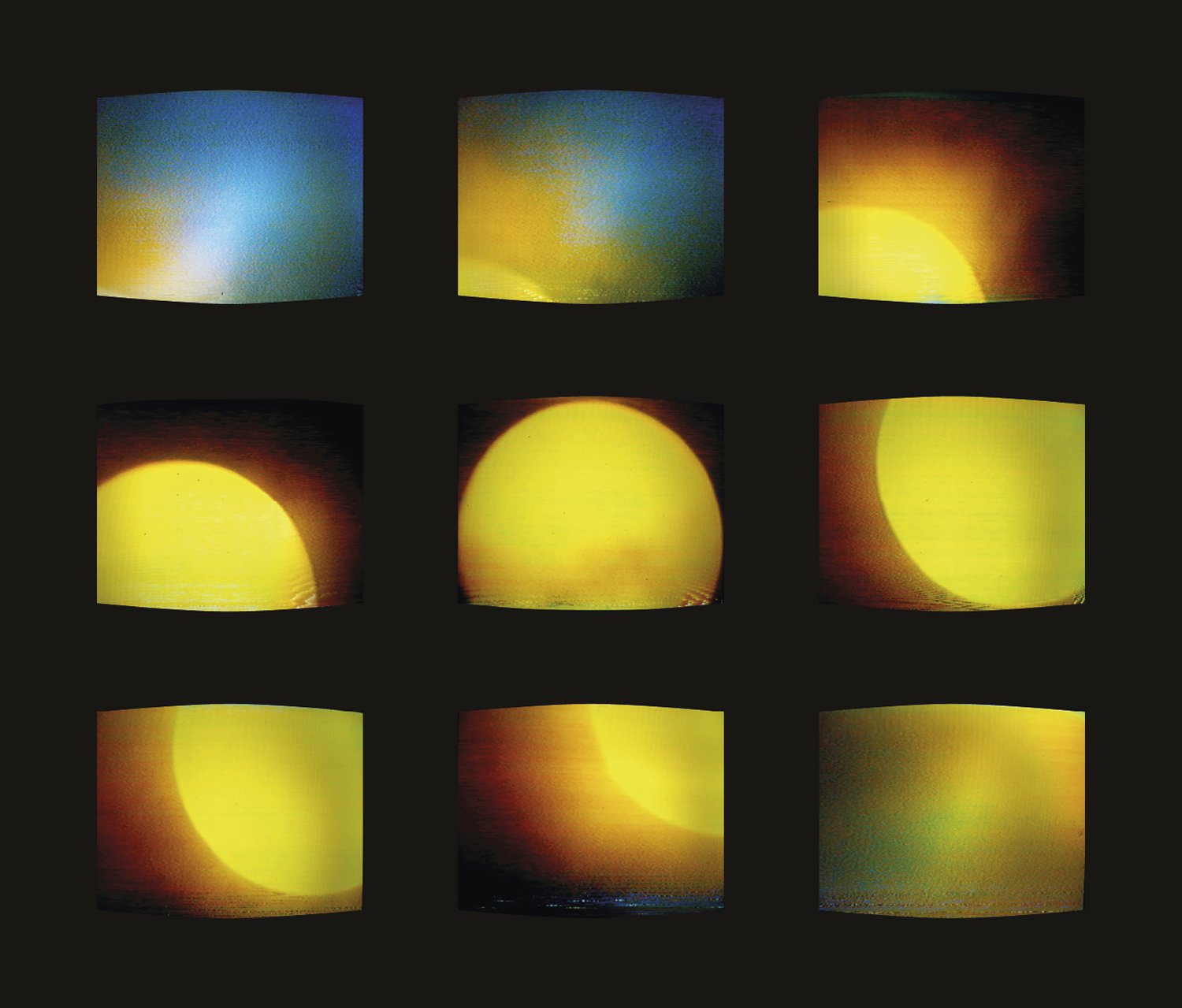 From the center, Eugènia Balcells (1982)
From the center, Eugènia Balcells (1982)
From the center is a reflection of Balcells' desire to free images from the wall: it becomes a sculpture to surround and an architecture that wants to pass through. In his words, it is an electronic Stonehenge whose monoliths mark the hours, the sunsets, also the traffic lights and the smoke. The artist Peter Van Riper composed the sound and music for these twelve channels; this sound dimension is also architecture that modulates and intensifies the space, that traces and shapes the journey. Touring From the center becomes a journey between the sublime and the everyday, a reflection on perception, only possible from our body, but with the capacity to project itself and multiply landscapes. It is a representation of intimacy and the universe, of the mundane and the spiritual, of the fleeting and the eternal.
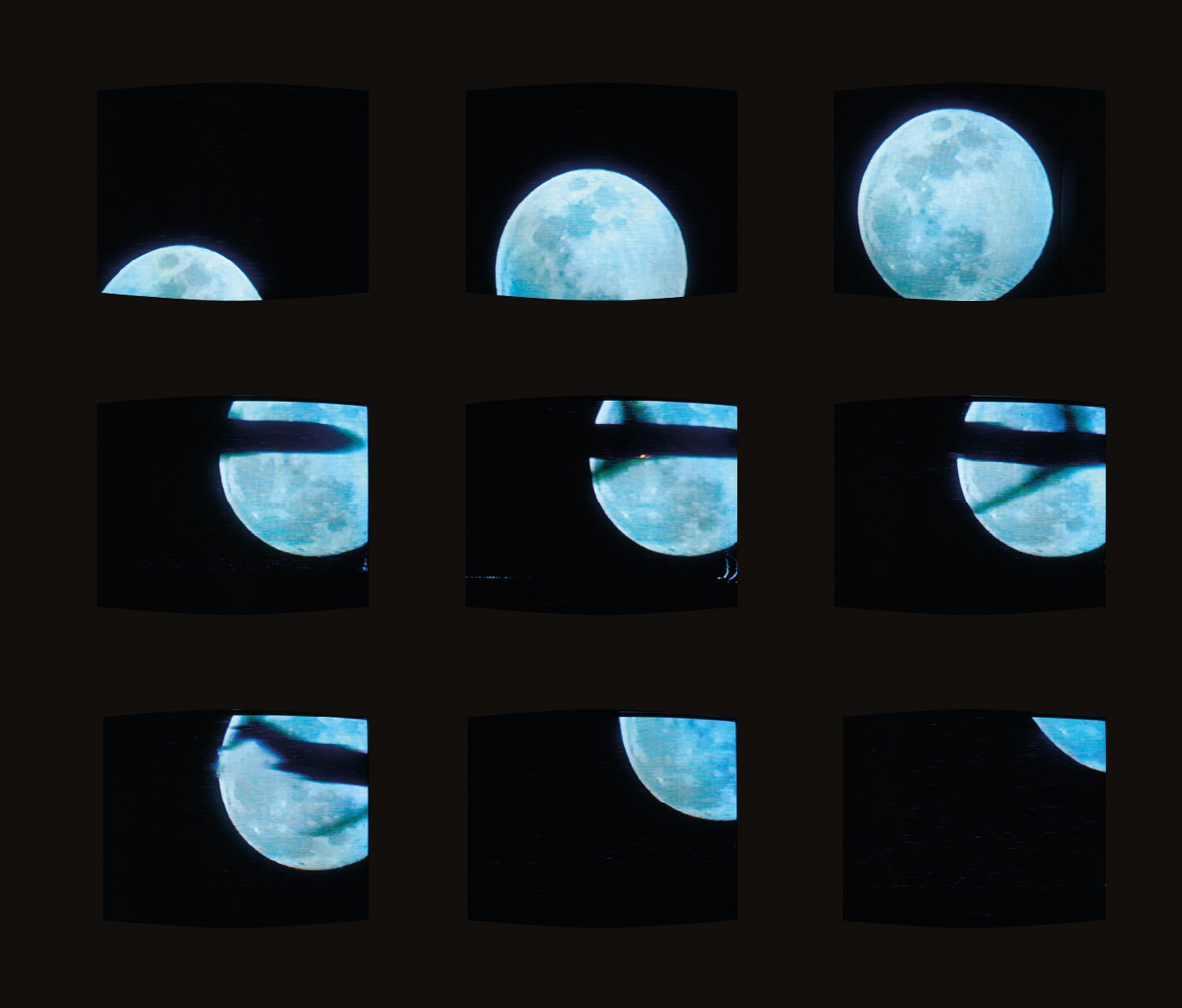 From the center, Eugènia Balcells (1982)
From the center, Eugènia Balcells (1982)
From today until September 11, 2025, From the center will be installed in the Oval Room of the MNAC, and due to its value as a key piece of Catalan contemporary art, the Generalitat has recently acquired it for the National Collection of Contemporary Art and it is already part of the collection of this museum.
The grandeur of the space will enhance the work and its readings. A dialogue will also be generated with the Romanesque paintings, the core of the museum's collection and a symbol of mysticism. This conversation between Romanesque and contemporary times will be another tool to explore the continuous time that Balcells speaks of, its transience and its persistence; the paradox of two eras coexisting in the same era, and a reflection on the function of art. Perhaps, despite the centuries, the intention remains the same.
 Instal·lació Des del centre. Eugènia Balcells (2025). MNAC
Instal·lació Des del centre. Eugènia Balcells (2025). MNAC





